How Do You Measure A Bubble?
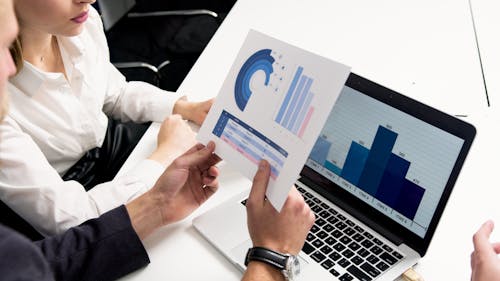
Image Source: Pexels
Below are some of the most interesting things I came across this week.
PODCAST
How do you measure a bubble? Derek Thompson, with the help of Paul Kedrosky, notes, “Total AI capital expenditures in the U.S. are projected to exceed $500 billion in 2026 and 2027—roughly the annual GDP of Singapore. But The Wall Street Journal has reported that American consumers spend only $12 billion a year on AI services. That’s roughly the GDP of Somalia. If you can grok the economic difference between Singapore and Somalia, you get a sense of the economic chasm between vision and reality in AI-Land.”
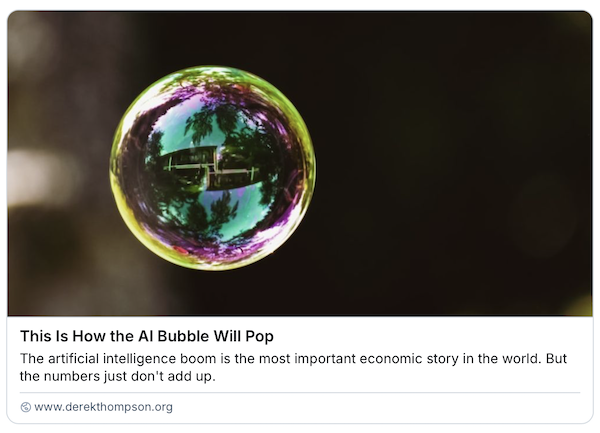
QUOTE
In some respects, the AI bubble is similar to the dotcom bubble of 25 years ago. As James Anderson tells The Financial Times, “I have to say the words ‘vendor financing’ do not carry nice reflections to somebody of my age. It’s not quite like what many of the telecom suppliers were up to in 1999-2000 but it has certain rhymes to it.”
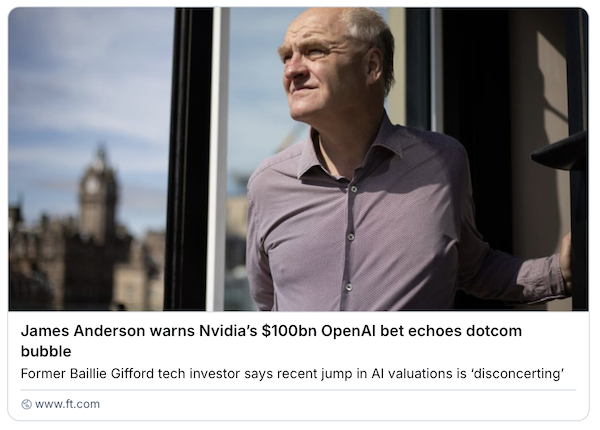
STAT
In other respects, the current bubble is very different. In fact, Julien Garran argues that, according to one economic model, the AI bubble is “17 times the size of the dot-com bubble.”
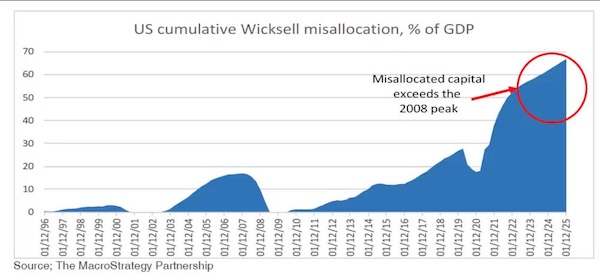
LINK
Furthermore, as Ian Harnett argues, the current bubble may be approaching its “endgame.” He writes, “Until recently, the missing ingredient was the rapid build-out of physical capital. This is now firmly in place, echoing the capex boom seen in the late-1990s bubble in telecommunications, media and technology stocks. That scaling of the internet and mobile telephony was central to sustaining ‘blue sky’ earnings expectations and extreme valuations, but it also led to the TMT bust.”
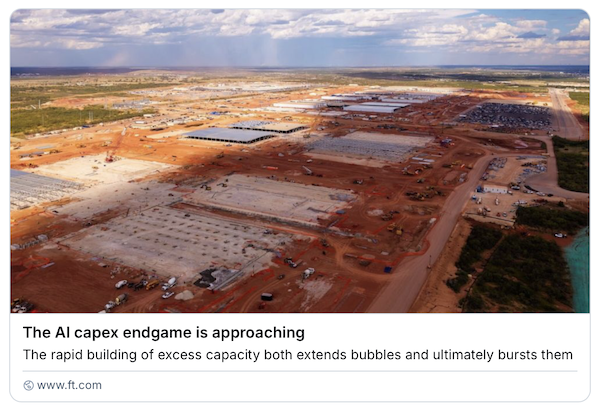
LINK
Finally, Man Group reports that this endgame could have widespread ramifications: “The AI boom has created a circular economy where the biggest winners are essentially funding their own customers – and when this game of musical chairs ends, it could take down almost a quarter of the S&P 500.”
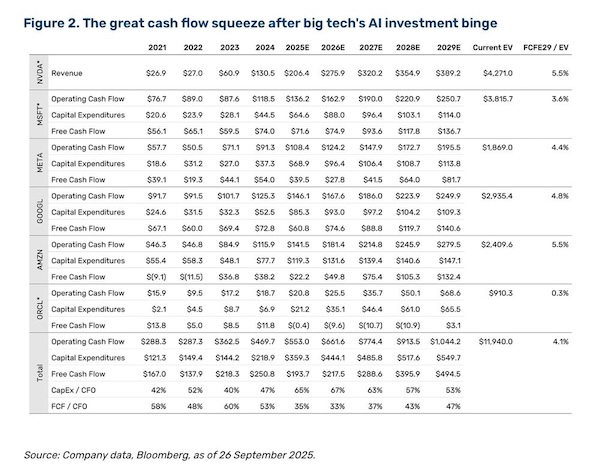
More By This Author:
Feelings Of Economic Vulnerability Can Foster Revolution
The Perils Presented By An Increasing Passive Share Of The Stock Market
Is The Stock Market Headed For A ‘Wile E. Coyote Moment’?



